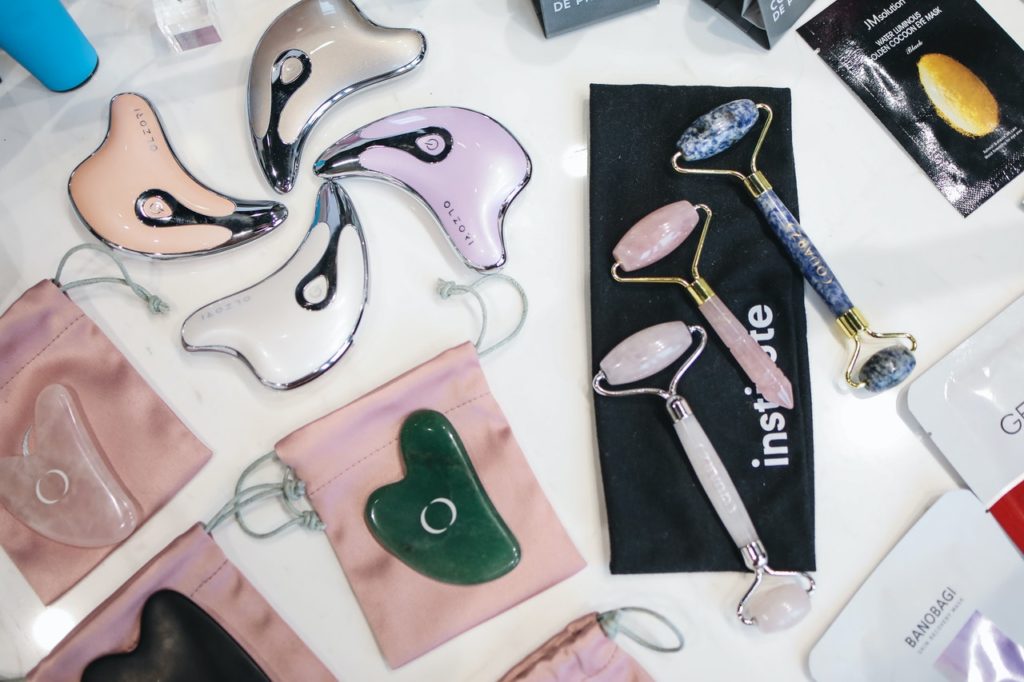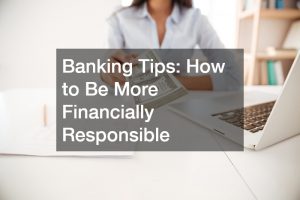In 2019, the global beauty industry was valued at $532 billion, while the United States beauty market was said to be worth $93.5 billion. These are staggering numbers, and it’s no surprise that so many corporations and businesses want their piece of this incredibly lucrative pie. With so many entrepreneurs and companies starting their own beauty brands, it has become even more difficult for startups and indie brands to make a mark in the industry.
It’s especially difficult at a time when brands from different industries are competing for consumers’ attention. Here are some tips and tricks for boosting your beauty brand in an overwhelmingly saturated beauty industry and digital sphere this 2021:
Collaborate with smaller influencers
Influencer marketing was a huge part of the beauty boom in the mid-2010s. One of the reasons the beauty industry blew up the way it did was because of social media influencers and beauty gurus who created consistent and engaging content about various beauty products. Over the years, the relationship between beauty brands and influencers have become more rampant and official, with the Federal Trade Commission eventually having to step in and create rules to protect consumers.
Build a strong following for your beauty brand by partnering with beauty influencers of various followings. Don’t just focus on those with the most subscribers, since many of them have lost trust from consumers due to various scandals and missteps. Many consumers also now see them as unrelatable and more akin to reality TV stars. Focus instead on collaborating with multiple micro-influencers who still have their audience’s trust, and maximize their user engagement to expand your brand’s reach.

Add value to your brand
Much has been said about the negative effects of parasocial relationships between brands and consumers, but there are also plenty of upsides to building a connection with your customers — one that’s based on shared values, purpose, and advocacy. For one, it can help you and your consumers do some good in the world.
An example of this is Selena Gomez and her cosmetic brand Rare Beauty, which was launched alongside The Rare Impact Fund, which she created to raise funds for mental health awareness and to provide resources for people who need financial support for their mental well-being. Proceeds of sales from her products will go directly to that foundation, which gives consumers — and not just her fans — an incentive to choose her products over others.
Studies also show that consumers are more likely to make the switch towards ethical consumption and conscious consumerism, especially after the global disasters we’ve experienced the past few years. Gone are the days of apathetic brands and consumers. If you have a water-resistant sunscreen spray product that you want to promote, consider making them vegan and bottling them in BPA-free materials to help reduce the use of non-renewable resources and plastic. It’s the right thing to do for the environment, but the increase in customer loyalty is a bonus too.
Maximize content marketing to its full potential
When it comes to beauty content marketing, the possibilities are endless. Here are just some content ideas you can explore as you promote your brand:
- TikTok challenges for users who create micro-vlogs that feature beauty products
- Create a newsletter subscriber list and make it the primary way you send out special discounts and promotions, as well as engaging content to your potential and existing customers
- “How-to” tutorials, especially if your product has special instructions, or is used in unusual ways
- Get feedback from your audience and customers by sending out surveys that assess and evaluate the effectiveness of your promotional materials and campaigns. There are ways to do this outside of the typical cold email or message: You can make use of interactive content like quizzes, or even the question and answer feature on Instagram. Use the results of these surveys to figure out what’s working and what’s not, and to pivot your marketing strategy.
- Don’t neglect social media marketing and ads. An August 2020 study found that almost 20% of U.S. consumers have shopped through social media sites’ “buy” button, or by clicking on a shoppable story or post on a social networking site.
Many beauty marketing rules are timeless, but it’s up to us to stay abreast of trends and consumer sentiment changes and to pivot our marketing strategy according to those shifts. The key to effective beauty marketing is by staying on top of consumers’ changing habits and values and learning how to ride those waves of change. Knowing your demographic is already half the battle.




